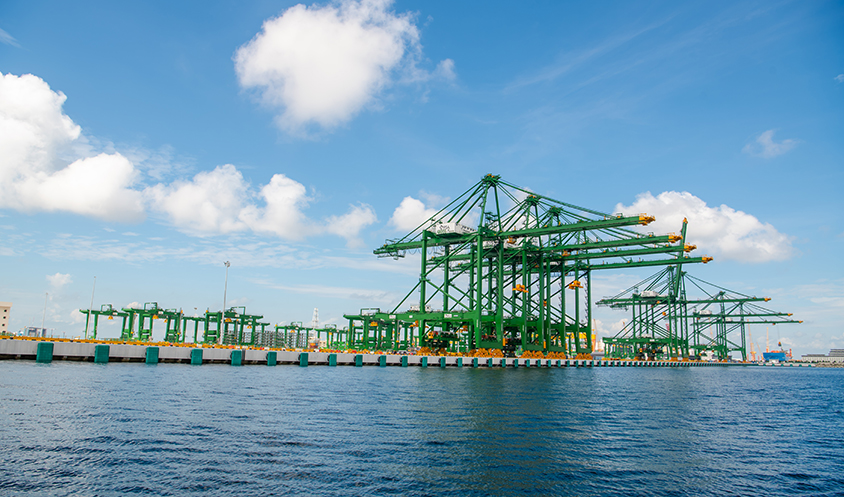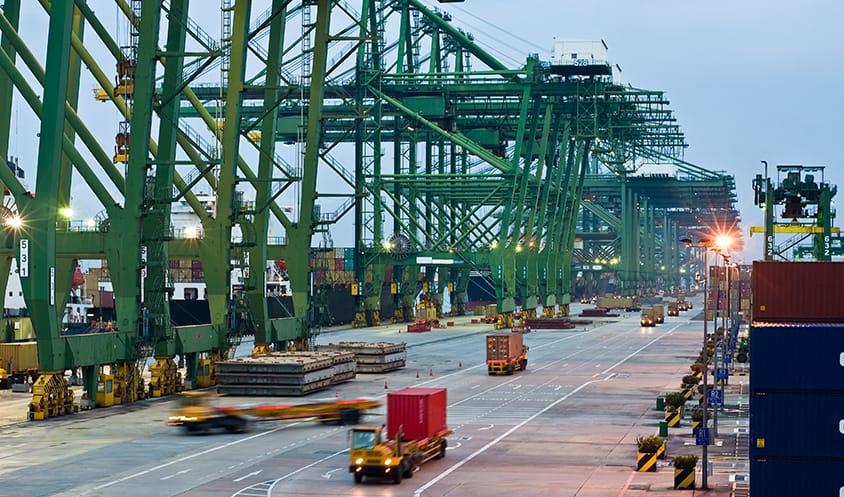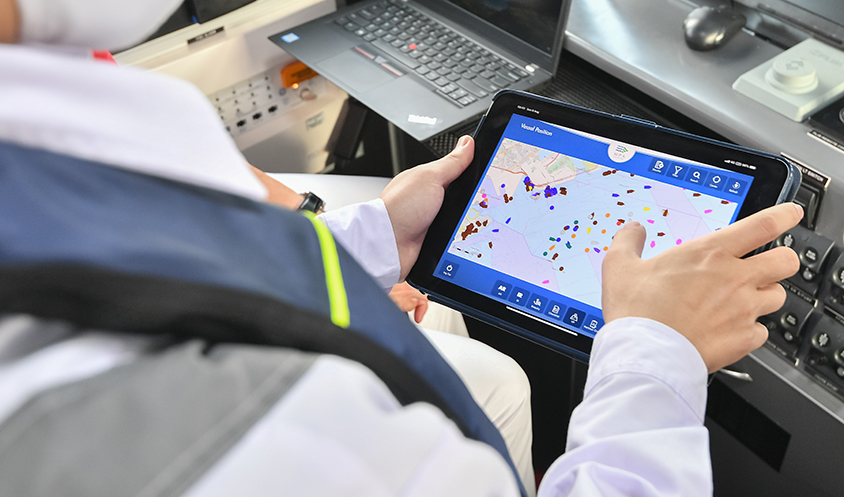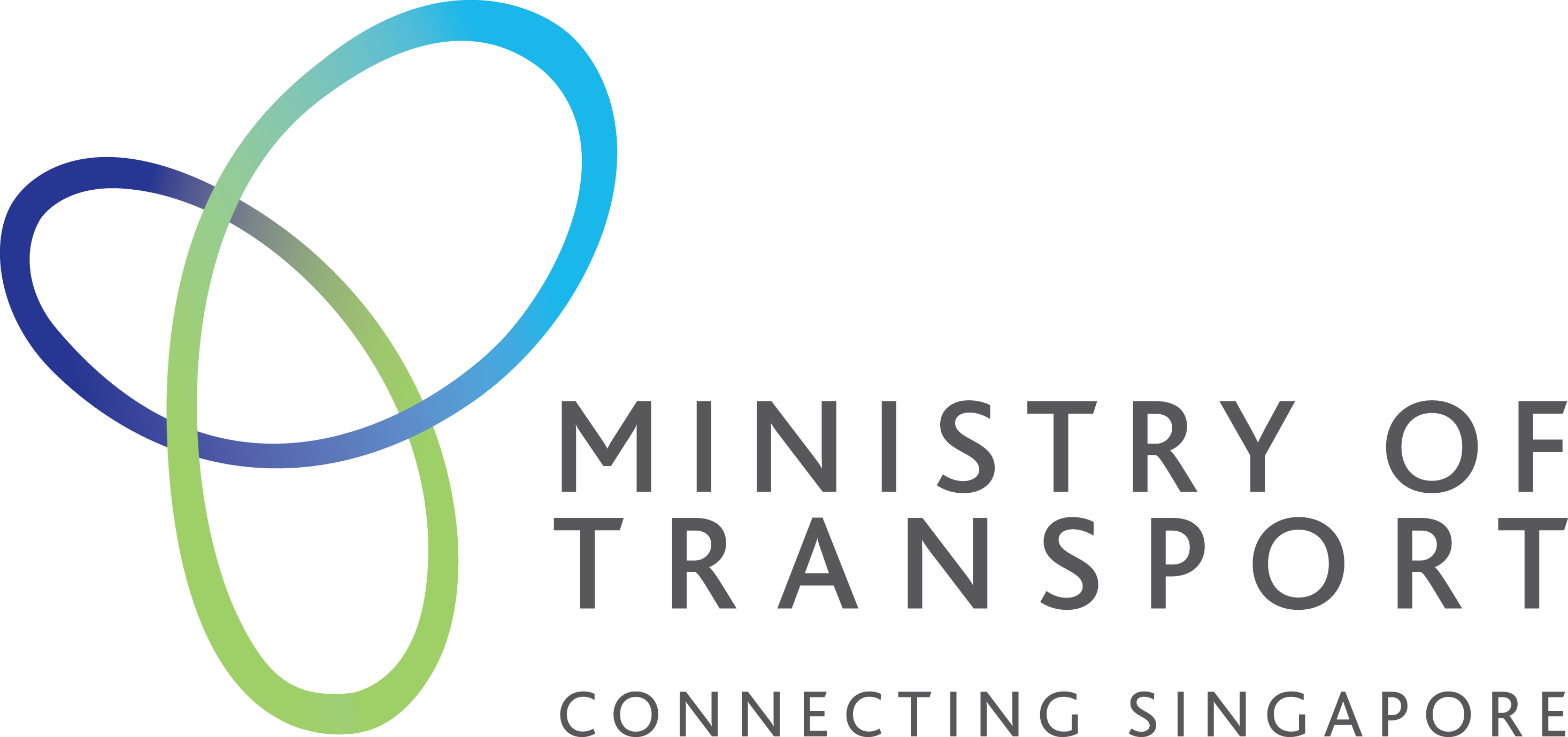Shaping the future of maritime Singapore
Future-proofing Maritime Singapore.
On this page
Policies
The combination of Maritime Singapore as a global hub port and International Maritime Centre forms a unique value proposition. Looking ahead, we will continue to strengthen these twin engines to remain reliable, resilient, and ready for the future.

Future-proofing our Global Hub Port Status
The development of Tuas Port is key to our plans to remain competitive and assure our international partners and shipping lines of Singapore's ability to meet their future needs. Tuas Port was officially opened in September 2022.
When fully completed in the 2040s, Tuas Port will be the world’s largest fully automated port. It will consolidate our container port operations in a single location, and be capable of handling 65 million TEUs per annum.
Tuas Port will be able to sustainably provide for the increasingly complex cargo operations of the future by leveraging technology and automation to deliver world-class efficiency and reliability. We are also strengthening physical and digital linkages with adjacent sectors to improve supply chain resilience.

Strengthening our International Maritime Centre
Our vision is for Singapore to be a maritime hub with unparalleled connectivity, vibrant innovation, and future-ready maritime talent. We will continue to develop and enhance our ecosystem of professional and global maritime services, including marine insurance, maritime legal and arbitration, shipbroking, and shipping finance.

Growing Singapore as a Leading Marinetech Hub
Maritime Singapore has consistently invested in innovation and technology, from enhancing smart port operations and safe and efficient shipping, to the use and bunkering of zero- and near-zero greenhouse gas emissions marine fuels.
On public-sector R&D development, the Singapore Maritime Institute (SMI) collaborates with various R&D centres of excellence in local universities and A*STAR to grow maritime R&D talents, strengthen academia-industry collaboration, and increase R&D translation and deployment to industry. To grow our maritime startup and entrepreneurial ecosystem, MPA and NUS Enterprise jointly established the Port Innovation Ecosystem Reimagined at BLOCK71TM (PIER71TM) programme.
MPA has also setup enablers such as regulatory sandboxes (e.g. maritime drone estate, maritime autonomous surface ships (MASS) testbed, Living Labs), a maritime data hub, and innovation funds (e.g. Maritime Innovation & Technology (MINT) Fund) to support R&D, product development and field trials.
These efforts have seen results on many fronts. Since its inception in 2013, the MINT Fund has supported about 1,800 research scientists and engineers and over 80 technologies deployed in the maritime sector. PIER71 has accelerated over 140 marinetech startups, which have collectively raised over S$80mil in investments.
MPA has also supported over 50 innovation projects by startups and their industry partners. Several startups have since internationalised their solutions in overseas markets. In addition, new business models, joint ventures and consortiums have emerged from MPA’s industry digitalisation and decarbonisation programmes, for example, the digital bunkering initiative, additive manufacturing for just-in-time production of spare parts for ships, and harbour craft electrification initiative.
Overall, these have contributed towards Maritime Singapore’s strong global ranking, including being ranked second for Maritime Technology in the 2024 Leading Maritime Cities of the World Report by DNV and Menon Economics.

Doing our Part for Environmental Sustainability
The imperative to grow our port and develop our International Maritime Centre must be accompanied by efforts to protect the marine environment and tackle climate change. Learn how we are doing our part for an environmentally sustainable Maritime Singapore.
To date, Singapore has established six Green and Digital Shipping Corridors (GDSC) with like-minded partners, which serve as valuable platforms for the piloting of the use of alternative fuels as well as digital solutions to support the transformation of international shipping.
